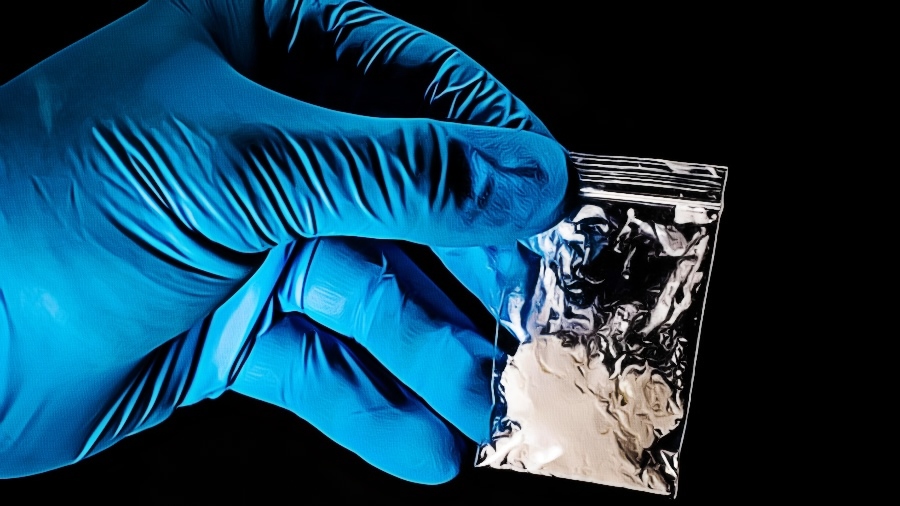Like morphine and other drugs similar to opioids, potent painkillers often put the healthcare industry at a standstill due to the polarity of its effects. While they guarantee swift relief for a myriad of ailments, it’s easy to build tolerance and grow dependent on these drugs, putting even patients following the doctor’s prescriptions at risk.
There are plenty of medications that teeters the line between effective and addictive, including Fentanyl. This pain-relieving medication is known to be 100 times stronger than morphine. Doctors use Fentanyl as a narcotic for surgical patients and those struggling with terminal cancer, but the successful drug also poses dangers to one’s health when abused.
What is Fentanyl?
Fentanyl is a formidable synthetic opioid that is designed to produce numbing effects to soothe painful conditions for patients. You can recognize Fentanyl in its prescription form as Actiq®, Duragesic®, and Sublimaze®, but illegal versions sold in black markets and the streets dub it as Apache, Dance Fever, Friend, Goodfellas, Jackpot, Murder 8, and Tango & Cash.
What Is Fentanyl Used For?
Since Fentanyl is made in a lab, consuming this compound can deliver a potency significantly higher than morphine, so you’ll often see Fentanyl used for surgical set-ups or as a narcotic for patients who grew physically tolerant to other forms of opioids.
This Schedule II prescription drug is often given to patients suffering from breakthrough pains, which is a condition involving episodic discomfort despite round-the-clock medication. However, it should be given to patients no more than four times a day since the drugs can alter the chemicals in the brain and change how the nervous system responds when put under stress.
What are the Different Forms of Fentanyl?
When doctors prescribe this drug to patients for treating chronic conditions, it typically comes in the form of a shot, a skin patch, or lozenges for easy consumption. But when looking for Fentanyl in drug-laden streets, its illicit form comes as a powder, pills that mimic prescription opioids, as eyedroppers, nasal sprays, or integrated onto blotter paper similar to psychedelics like LSD.

What Does Fentanyl Look and Smell Like?
Patients won’t have trouble picking out Fentanyl when it comes in its prescription form, but once it goes beyond hospital walls, spotting the potent, synthetic opiate is a different matter altogether.
When mixed in with other illegal street drugs, it may look like a powder or pill similar to heroin or cocaine. Not only is it dangerous to mistake Fentanyl for these other hard drugs, but the risks reach a fatal point for Fentanyl sold with mixed in heroin, dealing a double whammy of negative effects to the user and leading to deadly overdoses.
What Does Fentanyl Feel Like?
Aside from its impressive painkilling capabilities, people often seek Fentanyl for its euphoria since the drug binds to the body’s opioid receptors. Since it interacts with the part of the brain that manages pain and emotions, taking it often produces the following sensations:
- Extreme happiness
- Drowsiness
- Nausea
- Confusion
- Constipation
- Sedation
- Problems breathing
- Unconsciousness
As mentioned above, one of the more threatening effects of it is its impact on the person’s breathing. When a person grows addicted and decides to abuse the drug, this can cause their breathing to slow or stop altogether, which cuts the brain off from oxygen. This condition is called hypoxia, which eventually results in life-changing, adverse consequences such as permanent brain damage, coma, or death.
What Are the Withdrawal Symptoms?
The extreme potency of Fentanyl makes it as addictive as opioids, though keep in mind that patients who are simply following instructions from a doctor can also grow dependent even without becoming addicted.
Overdosing is often fatal, so it’s critical to spot withdrawal symptoms in their earlier stages before it spirals into a full-blown addiction. In that regard, you can observe the withdrawal symptoms by looking for the following red flags:
- Muscle and bone pain
- Sleep problems
- Diarrhea and vomiting
- Cold flashes with goosebumps
- Uncontrollable leg movements
- Severe cravings
- High blood pressure
- Sweating
- Fast heart rate
- Fast breathing rate
- Pupil dilation
- Restlessness
What Are the Symptoms of an Overdose?
When taken too much, you can recognize the warning signs of an overdose if you notice the following:
- Slowed breathing or changes in normal breathing pattern
- Trouble speaking
- Confusion
- Irritability
- Extreme tiredness and drowsiness
- Cold and clammy skin
- Skin color turning blue
- Muscle weakness
- Pinpoint pupils
- Slow heart rate
- Dangerous heart problems
- Low blood pressure
- Coma
Once you spot these tell-tale signs of overdose, it’s crucial to call 911 and seek medical attention immediately.
The Bottom Line: Understanding Fentanyl and Knowing How to Tell the Difference Between Fentanyl versus Heroin
Like other opioids, painkillers like Fentanyl are an effective treatment with high risks of addiction and drug dependence even for patients under a legal, medical program. The hazards of consuming it highlight the importance of consuming the prescription medication with strict monitoring from your doctor.
As for people who need help tapering off their use, addiction treatment programs should help patients or former addicts ease their dependence while mitigating the adverse effects.
Sources:

